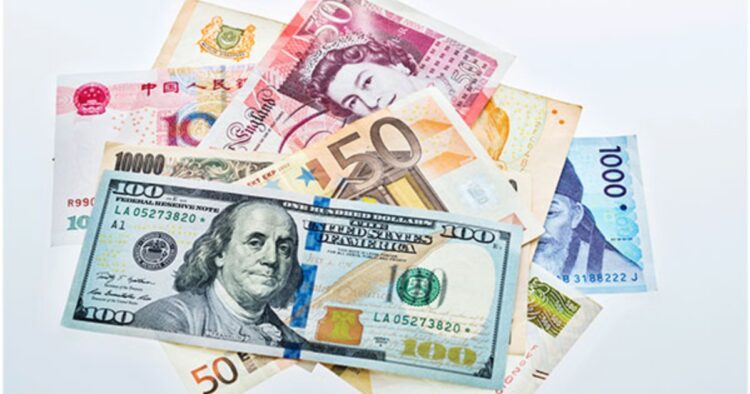India’s foreign exchange reserves have reached another record high, showing consistent growth. As of July 19, 2024, the reserves increased by USD 4.19 billion, bringing the total to USD 670.857 billion, according to official data from the Reserve Bank of India (RBI). This surpasses the previous high of USD 666.85 billion recorded the previous week.
The growth in foreign exchange reserves has been ongoing for a long time. In 2024 alone, the reserves have increased by about USD 45-50 billion. These reserves act as a buffer, protecting India’s economy from global financial fluctuations.
The latest RBI data reveals that India’s foreign currency assets (FCA), which make up the largest portion of the forex reserves, increased by USD 2.578 billion, reaching USD 588.048 billion. Additionally, gold reserves grew by USD 1.329 billion, totaling USD 59.992 billion.
India’s current foreign exchange reserves can cover over 11 months of projected imports, providing significant economic stability. In 2023, the RBI added around USD 58 billion to the forex reserves. However, in 2022, the reserves saw a significant decrease of USD 71 billion.
Foreign exchange reserves, also known as forex reserves, are assets held by a country’s central bank. These are usually in reserve currencies like the US Dollar, Euro, Japanese Yen, and Pound Sterling.
ALSO READ: “Private Sector Powers Over 52% of India’s 446GW Installed Capacity”
The decline in forex reserves last year was largely due to the increased cost of imported goods in 2022. Additionally, the RBI’s interventions to manage the rupee’s value against the strong US dollar contributed to the decrease. The RBI often sells dollars to prevent the rupee from depreciating too sharply.
The RBI’s primary goal is to maintain stability in the foreign exchange markets. It intervenes only to reduce excessive volatility in the exchange rate, without aiming for any specific target level.
India’s foreign exchange reserves are at an all-time high, providing a strong economic cushion. The growth in reserves highlights the country’s ability to manage global economic challenges and maintain financial stability.

















Comments